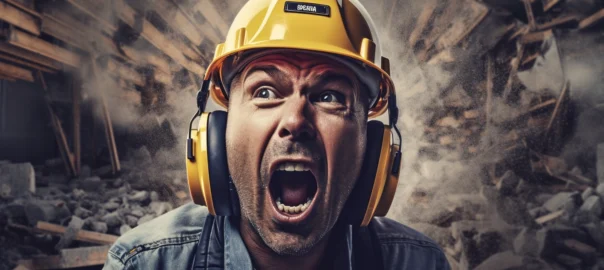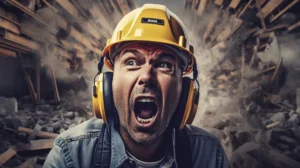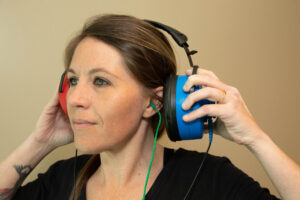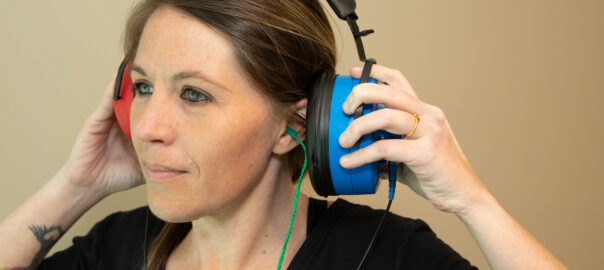In the bustling landscape of workplaces, where noise is often an unavoidable companion, the question of whether hearing damage is permanent looms large. As an occupational health company dedicated to ensuring the well-being of employees, Workplace Integra recognizes the gravity of this inquiry. In this essay, we delve into the complexities of hearing damage, exploring whether its effects are indeed irreversible, and the role of OSHA-required annual hearing tests in mitigating its impact.
The Nature of Hearing Damage:
Hearing damage, often caused by prolonged exposure to high levels of noise, is a multifaceted phenomenon. The delicate structures of the inner ear, responsible for transmitting sound signals to the brain, can sustain damage due to excessive noise exposure. This damage may manifest as temporary or permanent hearing loss, depending on various factors such as intensity and duration of noise exposure, individual susceptibility, and timely intervention.
Understanding Permanent Hearing Damage:
Contrary to temporary hearing loss, which may resolve over time once the exposure to loud noise ceases, permanent hearing damage is irreversible. This type of damage typically occurs when the delicate hair cells within the inner ear sustain irreparable harm. Once these cells are damaged or destroyed, the brain receives incomplete or distorted signals, leading to permanent impairment in hearing ability.
Factors Influencing Hearing Damage:
The severity of hearing damage and its permanence can vary widely based on several factors. Chronic exposure to noise levels exceeding 85 decibels, common in industries such as construction, manufacturing, and aviation, significantly increases the risk of permanent hearing damage. Additionally, individual factors such as genetics, age, and pre-existing medical conditions can influence susceptibility to hearing loss.
The Role of OSHA-Required Annual Hearing Tests:
In recognizing the potential risks posed by occupational noise exposure, OSHA mandates annual hearing tests for employees working in environments where noise levels reach or exceed 85 decibels over an 8-hour workday. These tests serve as a crucial tool in identifying early signs of hearing damage, allowing for timely intervention and preventive measures. By monitoring employees’ auditory health regularly, employers can mitigate the progression of hearing loss and prevent further damage.
Empowering Employees Through Awareness:
Beyond regulatory compliance, Workplace Integra believes in empowering employees with knowledge about the risks of hearing damage and the importance of proactive measures. Educating employees about the significance of annual hearing tests, providing training on proper hearing protection usage, and fostering a culture of safety awareness contribute to preserving auditory health in the workplace.
The question of whether hearing damage is permanent underscores the profound impact of noise exposure on auditory health. While permanent hearing damage is indeed irreversible, timely intervention and preventive measures play a crucial role in mitigating its effects. Through OSHA-required annual hearing tests and a commitment to employee education and awareness, Workplace Integra stands at the forefront of safeguarding auditory health in the workplace. Together, let us strive to protect the invaluable gift of hearing for generations to come.












